|
Why have I made more than one petticoat this autumn? Is it texture? Volume? Swishy-swirly goodness? A latent Miss Kitty* crush? An elaborate plan to avoid writing? *Oh Lawsie, do NOT –– as you value and respect the variety of human experience and preference –– DO NOT google "Miss Kitty" + "crush" or "fetish" or "kink." True story: I was once a 21-year-old editorial assistant in Manhattan. I worked 70 hours a week for a pittance (the word derives from people given money from pity -- which is not actually a stretch for independent book publishers at the time). I was in the office with William Dang Golding, Susan Freakin Sontag, Roald BFG Dahl, Holy Moly Madeleine L'Engle, Czeslaw Eyechart Milsovic, Polly Amazing Horvath, Maurice Himself Sendak, and Rapmaster Seamus Heaney, to drop but a few of the lifetime's worth of literary rockstars I met. I loved that time of my life. My coworkers included people who were famous in literary circles in their own right, as well as actual Guggenheims, a genuine English Lady Somebody–– the kind of folks who habitually went not just to the Hamptons for the weekend, but to Morocco. A country church-mouse, I was just that tiny bit too poor to afford the subway for trips less than 40 blocks (my rule so I'd hoof it between Penn Station and Union Square daily). Fancy-schmancy college had exposed me to the other, very wealthy side of the tracks, but still––! Bonus side-benefit of scholarshipping my way through school: the crippling flush of envy had pretty well burned all the way through me. And as for blending in to the trés chic Manhattan publishing scene? Errrm, even a minty-fresh Sears chargecard wasn't gonna godmother me to that ball. I embraced vintage. There was a gorgeous Pendleton plaid suit, an old Chanel number from a garage sale, a handful of thrifted cashmere sweaters. I wore my riding boots with skirts, sported stacks of fake pearls from my grandmother, and sometimes I put together outfits that swooped past the line of "costume or not?" with joyous abandon. Today, fashion historian Morgan Donner might call my choices "history bounding." Or as the cool kiddies put it: #Historybounding Still and all, fallible me at 21 or 22 saw a tourist descending the escalator to the tracks in Grand Central Station on sultry August day and was struck DOWN with want. She was wearing exactly the item of clothing I coveted. Of all of the many MANY desirable commodities available in the big city, I wanted what she had. A full, pale, ankle-length skirt with an antique, Edwardian vibe. That skirt! Lacking that kooky booty seen with late Victorian bustles, this item of mere clothing managed to be curvy but straight, with a sensible, workable air. I thought it made the wearer look interesting and self-confident. It was perfection. I looked high and low for that skirt. For actual decades. Chasing an ideal. And even after I had been sewing stuff for ages ——I'm on my third sewing machine, for the love of Captain Pete Obvious! —— it only came me to this year: "Yo! Self! Why not make that skirt yer own dang self?" And so, dear Reader, I am. After a rush of creative energy, snipping of threads and hacking my way through historical methods of pattern-drafting, I have what I have longed for: a long skirt with pockets deep enough to double for a handbag.
A few of my YouTube mentors: Bernadette Banner, Morgan Donner, Rebecca at Pocket Full of Poseys, Ora Lin, and Marika at Enchanted Rose Costumes. I made one walking skirt from denim. I'm making another from a single thrifted yard of pretty plaid wool and the remains of –– as God is my witness –– velvet curtain panels from Ikea. And under the skirts, a wealth of swirly, swishy petticoats in flannel and cotton lawn.
10 Comments
I keep hoping to find a "conchie" in my family history. That's what conscientious objectors were called, mostly with disdain, by their contemporaries in WWI and WWII. If your religious beliefs or your individual conscious said, "do not pick up arms and fight," you could end up in jail. Or be executed for cowardice and shirking. St. Maximilan of Tebessa gets the title as first to suffer this punishment for conscience in modern memory. Back 200 CE, hell no he won't go was followed by a prompt beheading. Capital punishment for being unwilling to kill –– oh the irony! –– has only recently receded from the world of modern military regulations. More proof that we humans aren't actually supportive of outliers from the herd. Or even for folks who exemplify the beliefs we think we hold dearest. Turn the other cheek –– oh no you DON'T. But so far, I've uncovered garden-variety military ancestors from the start of European settlement in North America: veterans of the Indian Wars, the Revolutionary War, the War of 1812. Survivors and victims of the American Civil War, the Spanish-American War, both WWI and WWII, et cetera. These are folks who gave time, limbs, life in exchange for their country –– of their idea of the country, right? A few during were batting for the other team in the 1770's; and in the 1860's, I trace slave-owners and abolitionists, North and South, Rebs and Yanks in about an even sprinkle across the family tree. Can't choose your ancestors. My dad's father, Bompa (for some of the grandchildren it's "Bampa." Weird.) was a genealogy fan. According to my possibly faulty memory, he commissioned a history of the family and then composed his own written narrative about Smiths and Fessendens in that wild northern corner of Pennsylvania.
The writing is 100% the way I remember Bompa: it's careful, arch, correct, and as I recall, all of the ancestors were upright good citizens. For my purposes, it's not much use, as, sadly, the original source material is never cited, and again, as I remember, the professional genealogist's report was lost. Still, it's a document in and of itself, revealing a certain mid-Century privileged mindset. It's also not terribly accurate (take note, cousins! Bompa's Enoch Smith seems to combine facts from Enoch Jr (1791-1871) and his father Enoch, Sr. (1771-?). Totally understandable, name like Smith. Anyhow, where are my conchies? Was their unpopular view a one-way ticket out of our family memory or do we simply have none? My best bucking-the-tide guy so far? Aaron Augustus Chase, who seems to have had a steely grip on moral north, as least as regards the mining strikes of his day. But I'll keep looking.
The triumph of love over barricades and differences: it's such a good story. Especially combined with the romance of the North American Frontier...
But so rare. So rarely true.
I'm not the only one who thought that great-great-something gram was a Native American. I was told so, and the folks who told me believed it. Plus, in that one photo of her at umpteenty-seven, she was tiny, and dark, and those high cheekbones...
But DNA doesn't lie. And a paper trail (or the electronic ghost of paper), which would reveal the story as it happened at the time, also fails to show an indigenous connection among my forebears.
That little old lady in the photo? I can trace her parentage three generations back and they all document as garden-variety English settlers who farmed that corner of Appalachia. Some lived in Cherokee, NC, so there's that, but alas, no Indian princess for me.
*Yes, this title is a shout-out to the genealogy shows (one in the UK, one here in the US) of the same name.
My Grampa Navy -–– called for his career –– had two brothers who died young. One was a handsome rogue, killed, as the story goes, in a bar brawl over somebody else's wife. The other brother was a hero, a fighter-pilot who died during WWII when his plane crashed over the Everglades. I have no reason to doubt that Grampa Navy told the truth, or that Mumsie and her sister remembered the family histories any differently than they were told, but it's the nature of stories to evolve. The name of Grampa Navy's grandmother, Hepsie Vaughter, as case in point. So researching the genealogy, I took both brothers' stories with a grain of salt. Focusing on Uncle Buck, the nice brother (how very East of Eden that seems), I searched for his fighter pilot records on Ancestry, the National Personnel Records Service, the National Archives, Folds5, casualty lists, et cetera, all to no avail. Of course I only knew that he was likely born in Tennessee or Georgia, sometime around 1910. That his name was really George. I knew his parents' names and those of his brothers. But George Wheeler is a common name. So I went to the basics: the census. Grampa Navy was born near Copperhill, Tennessee. His father was born in Ducktown, Tennessee and worked the Burra Burra Mine as an acid man. (Dang!) My sister and Mumsie stopped by Copperhill to visit kin on their way south in the 1980's. Sarah said the place was dire: the hill of copper laid open by mining, the land as barren and dead as the surface of the moon, effluent pumping through those hollers, cars abandoned in weedy front yards. Decades later, the whole area was transformed for the Olympic Games, the river channeled and remodeled into a kayaking and canoe course, and the mine terraformed back into something human-scaled.
All of which explains why Grampa Navy and his family moved to Miami. I only knew it happened when he was fairly young, and sure enough, there they are. The little family of five sprawling across two pages of the US Census of 1930 1930: Dad a construction worker, Mom at home, George –– Uncle Buck! –– a truck driver at 20, son Ed (teen Grampa Navy!) a 17-year-old theatre usher, and 13-year-old future no-goodnik Dennis not employed. With these birthdates and places of birth for both Grampa Navy's brothers, Ancestry.com. led me to Uncle Buck's 1934 marriage to Ina Pearl. Otherwise known as Aunt Betty, for which we can't blame her. In Mumsie's version, anyhow, she was Betty by nature, Betty by name. And there the trail went cold for me. The mystery of Uncle Buck's death remained unsolved (or at least undocumented) for years. In a 1938 city directory, he's selling insurance, living in what later became Little Havana. In the 1940 census, he and Betty are still in Miami. He's a tire service man, and they have Betty's 10-year-old niece Nina, plus a boarder, Orban Strickland, living with them. Looking at the handwriting, I speculate whether Orban is related to neighbor Hokes Stickland, a neighbor. The censuses (I pause here to look up how to correctly spell more than one census. Censuses it is, but censusses is also acceptable, as is a plural census) from after 1940 have not yet been made public, so I needed to seek elsewhere for intel. Opinion among my elders varied, but they thought Uncle Buck's plane went down in 1944. I kept poking at the question and –– thank you Dawn N for the assist –– Newspapers.com eventually turned up the goods. A later article in the Miami News corrected the location of the plane crash to Melbourne Florida rather than Melbourne Australia. It's an understandable mistake, especially as the crash occurred during the height of the Guadalcanal Campaign in the Solomon Islands on the other side of the world. Plus, it was a Miami paper, so Melbourne might have seemed veritable Antipodes.
I'm satisfied. I'll call Uncle Buck, a Naval airman, a war hero. I don't know his rank yet, but I don't believe he was at the wheel. Melbourne, Florida, by the way, is located north of Miami on the east coast of Florida, not very close to the Everglades, but it's at least the same state as the family legend. It might even count as the Bermuda Triangle. There's so much left untold from the paper record. It's interesting to note that Hokes Strickland, his former neighbor, is among the pallbearers. I consider Aunt Betty, so cheerful in these sepia toned images with her young husband, widowed at 34. The good news is that after the war, she married again and is carried away by the tides of time. Memorial Day Update May 2021 Thanks to alert reader, Ken H., I got hold of the official Navy accident report. A training flight out of the Banana River Naval base (we race our sailboat on that section of the river each December!) crashed on landing after the failure of an engine. Five survivors, seven fatalities. The survivors paddled to shore in an inflatable lifeboat. As I read it, G.R. Wheeler, Uncle Buck, was not the pilot. He's listed as an "AS," an aviation equipment specialist, acting as "NFO" a naval flight officer on the plane. An NFO, as the inter webs inform, was often a specialist in a weapons or sensor system. A tragic accident, but still, as Guy, the nice guy at accident-report.com said, they gave their all, which makes them heroes. The internet is one supersized overshare. Along with the thousands of selfies and blogs about piffle, plus all those YouTube videos about optimal application of eyeliner, surviving the Apocalypse, cleaning scallops using a shop vac, and SO much more, sites beyond number offer deliciously random information to the careless researcher. And by careless, I mean "easily distracted." By which naturally, I refer to myself. I was on the track of my namesake 3x gr-grandmother, Amy Cole Hall. She lived mostly in Pennsylvania, but also in Litchfield, Connecticut. Somehow (and it's always a bit of a click-mystery) I ended up on someone else's compilation of documents pertaining to their ancestors, the Sturdevants of Luzerne, Pennsylvania. Naturally, I started reading. The Sturdevants connect to another branch of my family, but I didn't know that at the time. Oh the eternal difficulty in resisting the temptation of other people's letters... An exerpt from a letter 14 Oct 1842 from Dr. George Lane Keeney to Salmon Keeney, quoting from a letter from brother Seth: "My wife has been counting up while I notched a stick, and we find we have (9) nine living children, 4 girls and 5 boys."* Does this seem –– um –– peculiar that a married couple needed to notch a stick to count their living children? The internet link to the letters is here. Also among the paper-trail of the Sturdevants is what might be some of my new favorite letters* of all time. Anyone who commits words to paper is aware that the record will live on; it's kind of the point of putting words on paper, right? I made a sound recording of one letter –– both for the interest of clarity, as the grammar and spelling was irregular, but also because it was fun to voice those words. *My previous all-time favorite letters? A series of wonderful schadenfreude-inducing Christmas newsletters from a certain childhood friend's unhappy wife (oh! how I looked forward to those each December! Even after their divorce, I kept getting these little masterpieces of misery bedecked with images of holly and jolly St. Nick! I should be more ashamed to enjoy them, but she had such a way with passive aggression!) In any case, herewith the letter 7 June 1842 from Asahel Keeney to his brother Dr. George Keeney. It's a brutal catalogue of local gossip. Burn baby, burn. There's another letter to their sister, Amy Keeney Hall –– not my Amy, but of interest anyhow –– mentioning that poor pitiful Phebe Wilson, who "quit hur husband to keep from starving." Brother Seth writes "we callculated to have visited you this fall but my health prevented If I live untill another fall I will be sure to visit."
I hope he had the chance. All happy families are happy in the same way, Tolstoy wrote, but every unhappy one is unique in its misery. Poke around in the high canopy of the family tree, and you see that unique as unhappiness may be –– still, patterns emerge. Familiar patterns even. Abandonments and early deaths, illness and poverty, and of course, like smoke seeping from under the rafters, scandal. Like this one: My gr-gr-grandfather Newton had a bunch of siblings. I don't know much about them. It's a long time ago, and over years of research, I hadn't located half of their graves in our tiny farming hometown. But sometimes you return over and over to a stubborn nut, giving it the odd yank, and it will loosen. One of those siblings was Cornelia Jane Newton. Born in 1837 in Dimock, Pennsylvania (about 15 miles from where I was myself born a few years later), she was buried in Nebraska in 1912. First, okay –– Nebraska? That's worth thinking about. Turns out she married late (at 34) to Joseph Blanding Sturdevant (another long-rooted family from that corner of Pennsylvania) and the two moved West with a group of like-minded Methodists in the early 1870s.. She and Joe had four kids (a son died at 14), and at the end of her 75 years, she was living with her daughter, Sarah Lorena Chittick. Cornelia Jane's obituary paints a certain kind of picture of the former schoolteacher: "If sometimes in the stress of life's conflicts, the battle pressed sore, faith, courage and Christian fortitude enabled her to bear up." So, not an easy life for Cornelia Jane, born in Dimock, died in Nebraska.
Joseph and his new bride Rosella exchanged vows in Pennsylvania and then moved to the teeming metropolis of Kansas City. It's easy to imagine Rosella as the youthful replacement wife, possibly a hussy, and that Joseph was more than a little bit of a creeper, but that's simply too easy a story. No matter how often it happens in real life. Like they say, when the answer is too obvious, look closer: as I compare birthdates, I see that Cornelia is 12 years Joe's senior. When they first married, he was 22 to her 34. She was a school teacher. Oh lawsie, I wonder if she was his school teacher. Turning the tables on who's the creeper, maybe.
The imagination boggles. To divorce in 1880, and then –– a period of seeming quiescence, where Cornelia and Joseph both lived in the same small Nebraska town? Then for him to marry Rosella?
What truth could match these data points? Did somebody have a breakdown? Perhaps Rosella was the original object. Perhaps Joseph just liked the family. Perhaps Cornelia organized the hand-off. Perhaps there was a lengthy epistolary courtship with letters coming in the mail. Perhaps one or the other was merely a marriage of convenience. I can see the new couple moving away from Nebraska. After all, Cornelia lived there, as did another older Newton sister, Catherine (and I wonder what she thought about all this), but why Kansas City? And, finally, how would a researcher ever know? Rosella and Joseph had no children (Or did they? Joseph's youngest is named Rose Ellen, born in 1879. Though a dozen documents say otherwise, one outlying reference lists her as the daughter of Rosella, and that she was born in Pennsylvania, not Nebraska). But again, if the children were Cornelia's, the surviving generations necessarily favor Cornelia's side of the drama. It's possible that there was no drama. Except seriously, what happened?
Most of us were supposed to have learned this in high-school biology, but here's a quick review:
As a big fan of metaphor, I keep wrestling with a good way to describe the complicated mixing of genetics. Half an apple (father) plus half an orange (mamma) and each child is an apple-orange? Erm –– that does not clarify anything.
Maybe a soccer playoff? Two leagues, 46 teams, they have to fall out into half-teams and play the final while paired with an unfamiliar other half-team? Hmm. But what about the goalies? NO! Just nope! Sports metaphors, ratsa fratsa.... Or wait: what if you think of the mom as a margarita –– the good kind, with the top-shelf tequila, Grand Marnier, lime zest, fresh-squeezed Key lime juice, and sea-salt over ice. Which naturally makes the daddy an Old Fashioned, all muddled bitters and sugar, dark rye, a fat twist of orange peel with a maraschino cherry on top. Unzip the spirals, mix, mingle and –– poof! One kid turns out a mix of tequila, bitters and a maraschino cherry. Another is Grand Marnier and rye with orange and lime zest. A third child is a sour mix of lime and bitters and sea-salt. Another... you get the picture. That's why you aren't exactly like your sibling (unless you're an identical twin), but instead seem like variants on a theme: Mumsie's near-sighted eyes and Daddo's thick, wavy hair paired with different jawlines and frames. Go to a family reunion and the mixology can be actively unsettling: the shared blond curls, the cousin's toddler child who is a ringer for long-dead great-Gramp Earl, and the vision of your parent's feet at the end of someone else's legs.
Or maybe it's comforting, that ongoing flow of family genes. A river, maybe, even more than a mélange of mixed drinks.
Science Links: genetics.thetech.org/ask/ask128 http://www.genomenewsnetwork.org/resources/whats_a_genome/Chp1_4_2.shtml http:genetics.thetech.org/ask/ask445 https://ghr.nlm.nih.gov/primer/basics/howmanychromosomes
Naturally, there's more to say about the genetic side of genealogy, but this is enough for now, I think.
Which brings me, sideways, to the word "anon." Anon can be short for "anonymous," but it's also an archaic adverb meaning "shortly." As in, I will write more about this anon. The etymology of the word (it strikes me that genealogy is the etymology of a person. Hmm.) gives it an Old English heritage. It meant "into one," which eventually referred to time, as in "at once." I am distracted, it's inevitable, by thinking about how the Old English (700-1100 A.D.) visualized time differently that we do. Until later. Anon.
This ties into my New Year's genealogy binge. My binge was marked by long stints in front of the trusty laptop punctuated by exclamations of, "Huh. Well of course it's his great-uncle Gorton," and "What were the chances that these two families would intermarry this many times? Jeesh. Guess they swiped right on KINder. Nyuk nyuk nyuk."
But back to my binge: I was poking into the history of my Wheeler kin. They lived way up in the hills of Franklin County, Georgia, fifty or so miles southwest of Asheville, NC. My Grampa Navy would have pronounced that word as "he-ills." Franklin County held quite a number of likely Richard Wheelers who might be my great-great-grandfather, but he's been a sticky wicket. In that steep corner of the world, Wheelers bifurcated like tadpoles in a pond. And they each named their kids after the same uncles and dads: William, Richard, John, James.
Taking a closer look at the census-taker’s handwriting, I saw that Lu Ellar is more likely “Sue Ellen.” Regional –– but not so over-the-top as "Lu-Ellar."
Mr. Foreman used to insist that we pronounce the lyrics as befitted the song and its historical setting (just as a later professor taught me to read Spenser so that it rhymed). So when the chorus came up in my mind (and –– full disclosure –– throughout the living room) I sang it this way: “A-WAY! I’m bound away, across the wide Missor-ah.”
If Lu Ellar can be Sue Ellen, what about Massurah? Massurah, Missourah...Missouri. Missouri? Click-click-click and it turns out that Massurah was the delightfully easier-to-track Missouri Caroline Wheeler. Her grandfather was my great-great-great grandfather. I don’t yet know why she was given this unusual name, but I do have a better handle on Richard, son of Mary Freeman and William Wheeler.
As if a person gets the choice. But anyway, Benjamin Wilmot, born in 1589 in Aylesbury, Buckinghamshire and his wife Ann Ladd (b 1593) are my 8th great-grandparents. 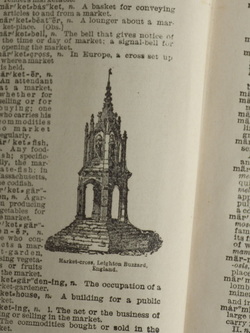 Once they crossed the ocean blue, they settled in the Massachusetts Bay Colony and then moved to the newly formed New Haven Colony, probably to be closer to their son and his family. Benjamin is recorded as taking an oath of fidelity there 2 May 1646. It's not necessarily the upright citizens whose stories appeal to me. Instead, an unhappy marriage in this distant and alien time is the thing that caught my imagination. One of Benjamin and Ann's kids, my great-something Aunt Ann, married a man named William Bunnell in Watertown, Massachusetts Colony. Although he stood for jury duty in September of 1630, William doesn't look like a successful addition to the Colony. He didn't build on the land given him, and he couldn't seem to make ends meet. These early Colonies included a stout social safety net: an allowance was paid out in support of William Bunnell's three children when William fell on hard times. And then, in 1646, he asked the authorities for a shot in the arm so that he could have a new set of threads when he returned alone to England. They agreed to give him 30 shillings or some such as he left. The safety net also ended up being a bit of a cage: The Massachusetts Colony needed for Aunt Ann and the children –– left without means –– to be claimed by a responsible man. Someone like her father Benjamin Wilmot over in New Haven Colony.
New Haven included about fifty households (1,000 or so people) by 1640-ish, and I imagine each one of those households knew all about old William and poor Ann. The government was small, personal, and specifically religious. Morality was not a private affair. Imagine how claustrophobic that cozy little town might have been for a family on the down side of luck.
According to the town records, this decision "which, if it could be attained, might free the Towne from some charge, though they made some present disbursement for his passage and other necessaries for him, and understanding a vessel at Milford is bound for Newfoundland ordered that the Townsmen and Treasurer should treate with them for his passage thither, and Agreed of some course how he may be sent from thence to old England where he saith he hath some friends to take care of him." *
Here's your hat and what's your hurry...and William Bunnell fades from the pages of history. His children (cousins of my ancestors) went on to multiply and (mostly) prosper. *Lazy scholarship, I quote this passage from the Ancient Records Series of the New Haven Historical Society 1649- 1662, edited by Franklin Bowditch Dexter, Volume 1 and the Vital Records of New Haven as cited by William R. Austin in his profile of William Bunnell/Bonnell from The Bunnell/Bonnel Newsletter, Vol 1, No 1, January 1 1987, p 3-5. Here's the weblink. More resources: http://www.newenglandhistoricalsociety.com/way-more-than-the-scarlet-letter-puritan-punishments/ teachersinstitute.yale.edu/curriculum/units/2003/2/03.02.04.x.html
Your option was Church of England or nothing, and being an agnostic or atheist was heretical. Heretics were all too regularly burned at the stake.
So when a group of folks wanted to "purify" the Church of England by focusing on reading the Bible and doing good rather than supporting a centralized church, they had limited choices. They could try to reform from inside the church (and keep their heads down!) or they could leave England.
Puritans established a society built on their own religion. The Bible didn't have trial by jury? Well then, neither would New Haven Colony. A sea-captain came home from sea after a few months and greeted his wife with a kiss –– and the Colony government (known as "The Town") stuck them both into stocks for their shameful display of fleshy affection.
The Puritans forbade religious diversity. The Massachusetts Bay Colony put Quakers to death. Quakers! Tortured and hanged, including the Quaker martyr Mary Dyer. Puritans even banned the celebration of Christmas. To be fair, I should note that some Colonies were formed with the spirit of tolerance built right in, like the Rhode Island Colony. Founder Roger Williams not only believed in religious freedom (with no tax dollars!) and he felt that taking land from the Natives without paying for it was not quite morally right. Heartening news, that. So meanwhile, back in Merry Olde England, the religious conflict deepened and developed into the English Civil War, 1642-1652. Oliver "Bad Haircut" Cromwell lead the Roundheads against the Royalists of King Charles I. Cromwell won; Charles was beheaded. There was a short-lived British Republic. Republican rule in England meant that fewer Puritans felt the need to move West. Some early Colonial settlers even shipped back to England in the 1640's and 1650's.
Here are a few of the resources I used in researching this blog:
www.womenofthehall.org/inductee/anne-hutchinson/ www.history.com/news/when-massachusetts-banned-christmas esoterx.com/2015/03/05/the-great-ship-of-new-haven-phantoms-puritan-hippies-and-the-reformation/ dunhamwilcox.net/ct/new_haven1.htm winthropsociety.com/doc_higgin.php winthropsociety.com www.historic-uk.com/HistoryUK/HistoryofEngland/oliver-cromwell/ www.bbc.co.uk/history/historic_figures/charles_ii_king.shtml bcw-project.org/timelines/ www.digitalhistory.uh.edu/era.cfm?eraID=2&smtID=4 avalon.law.yale.edu/17th_century/mayflower.asp www.catholic.com/tracts/the-inquisition thehistoricpresent.com/2008/07/02/why-the-puritans-persecuted-quakers/ www.history.com/topics/mayflower www.bbc.co.uk/religion/religions/judaism/history/350.shtml http://www.history.com/topics/mayflower www.history.com/news/5-things-you-may-not-know-about-the-pilgrims www.historytoday.com/blog/news-blog/geoffrey-robertson/remembering-regicides-350-years |
About the Blog
A lot of ground gets covered on this blog -- from sailboat racing to book suggestions to plain old piffle. FollowTrying to keep track? Follow me on Facebook or Twitter or if you use an aggregator, click the RSS option below.
Old school? Sign up for the newsletter and I'll shoot you a short e-mail when there's something new.
Archives
June 2024
Categories
All
|

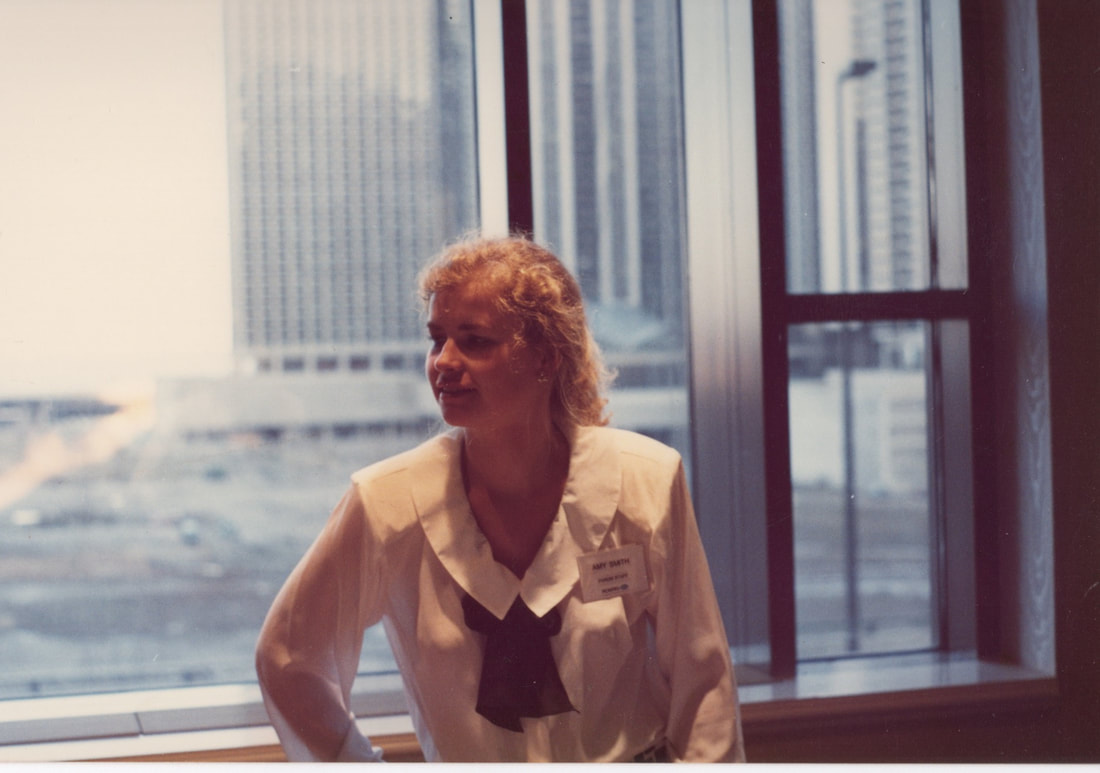
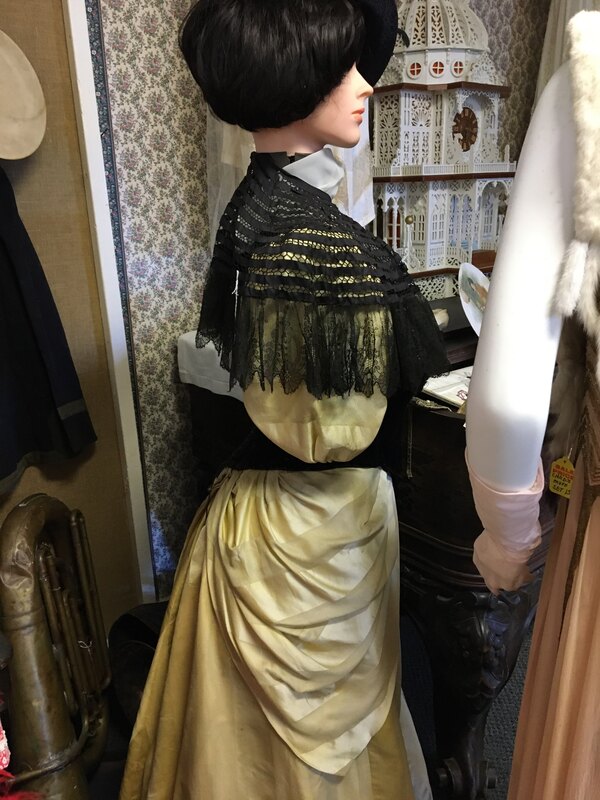
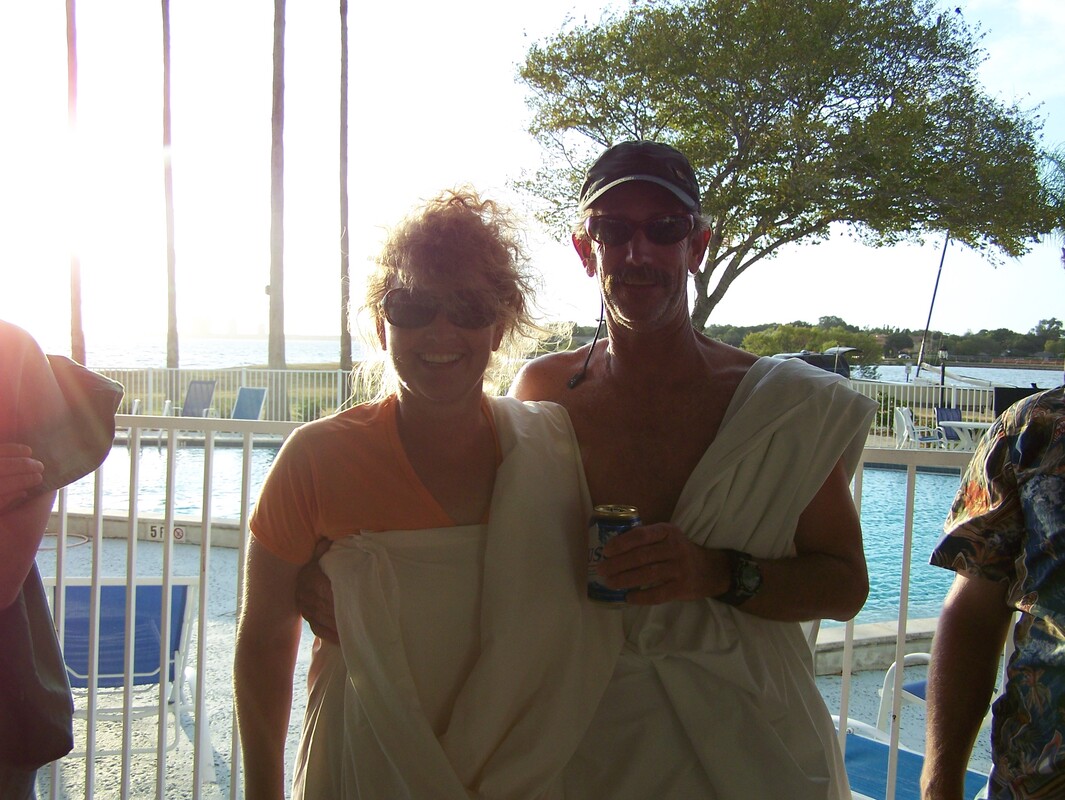
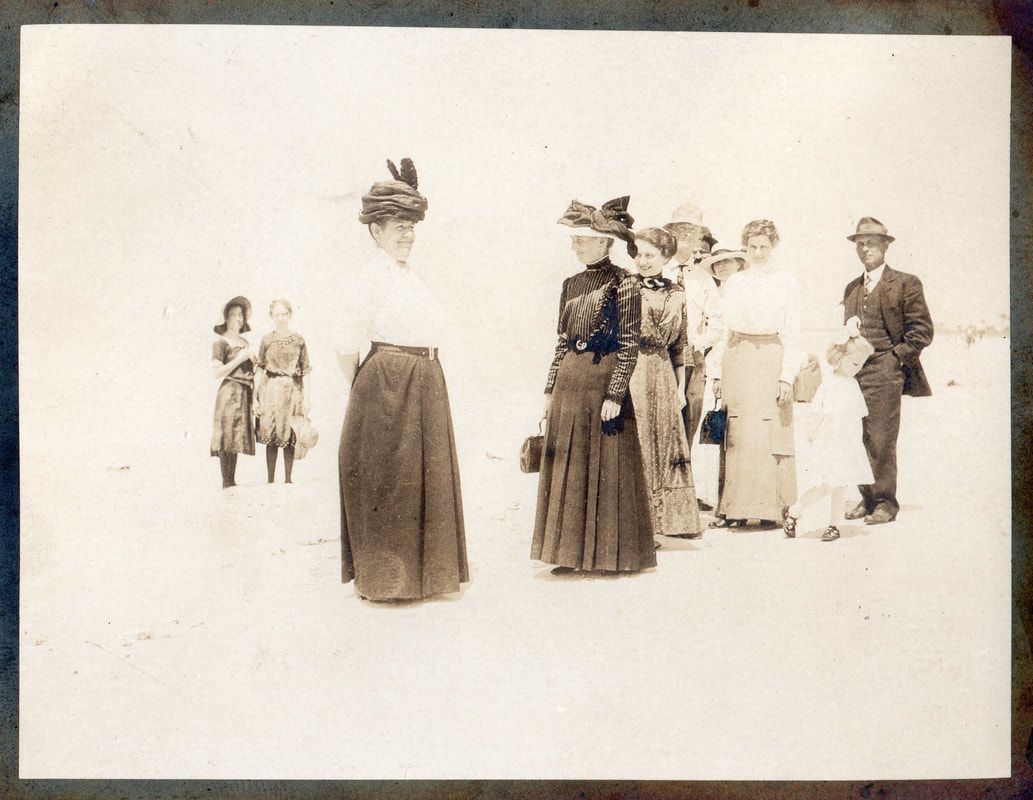
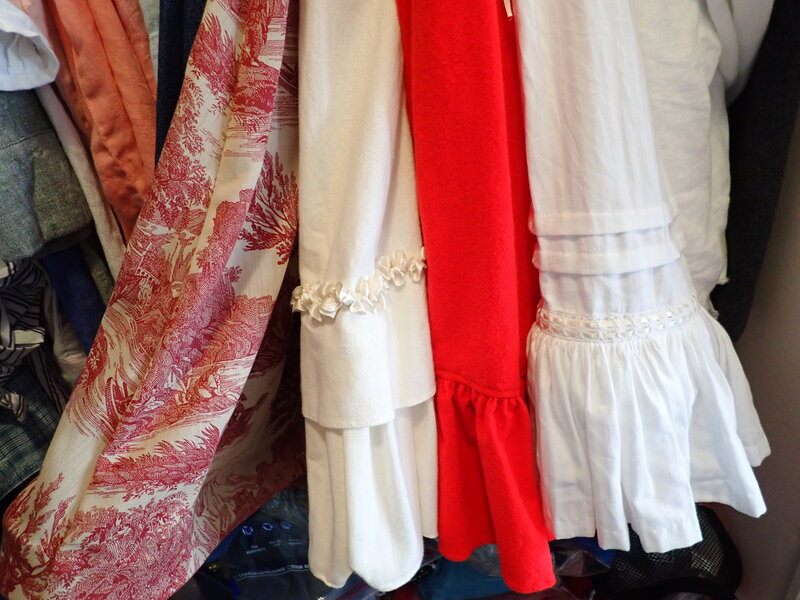
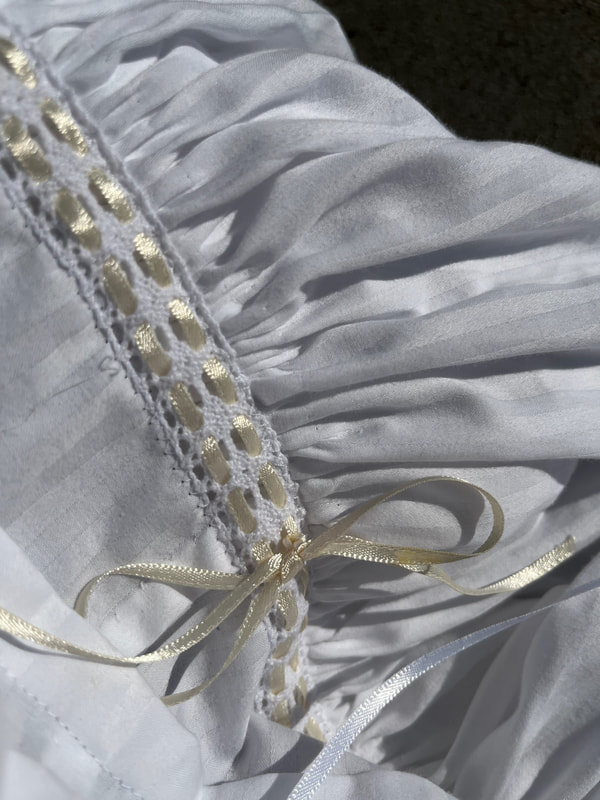



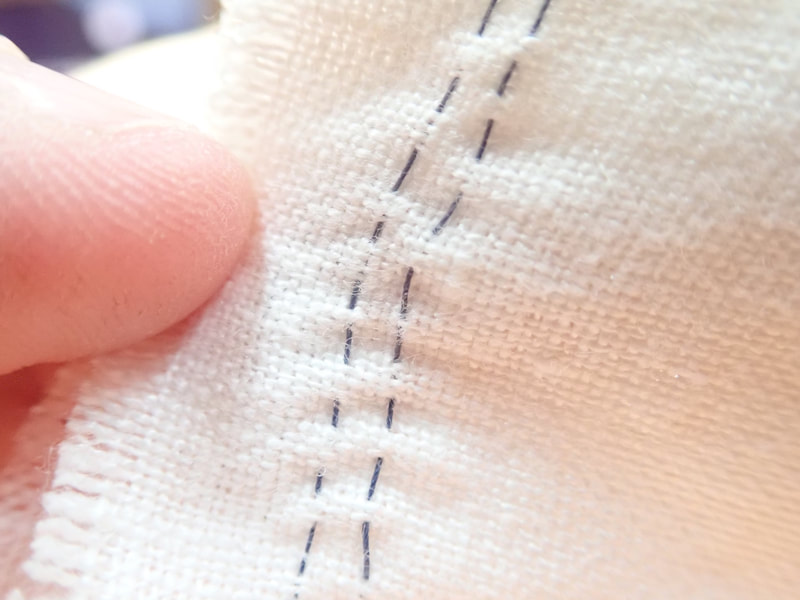

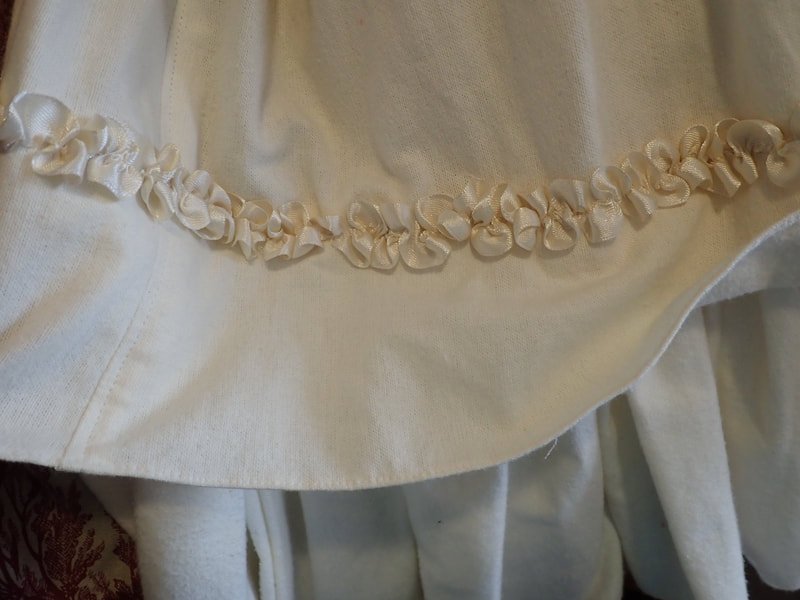

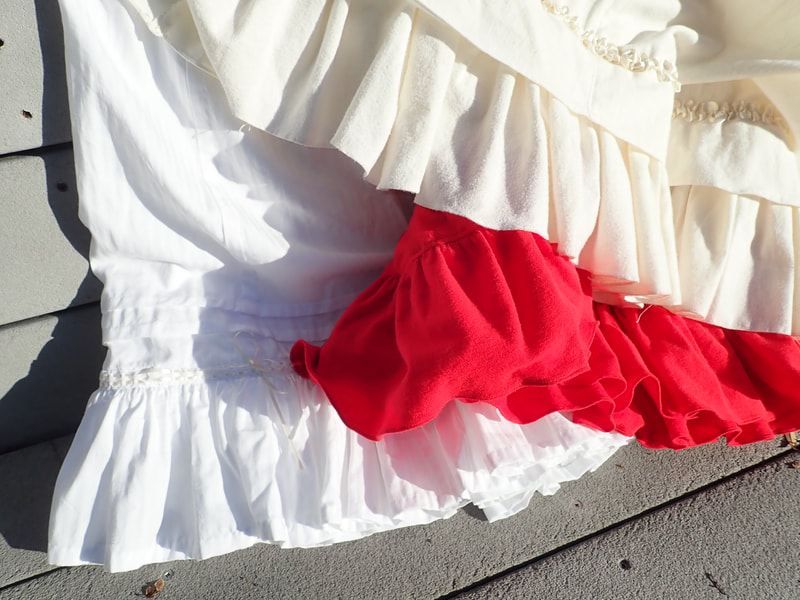
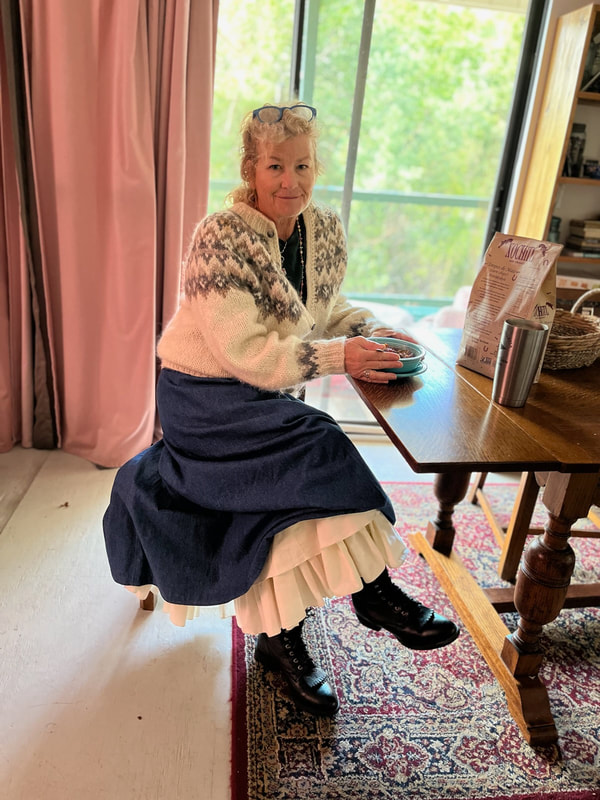
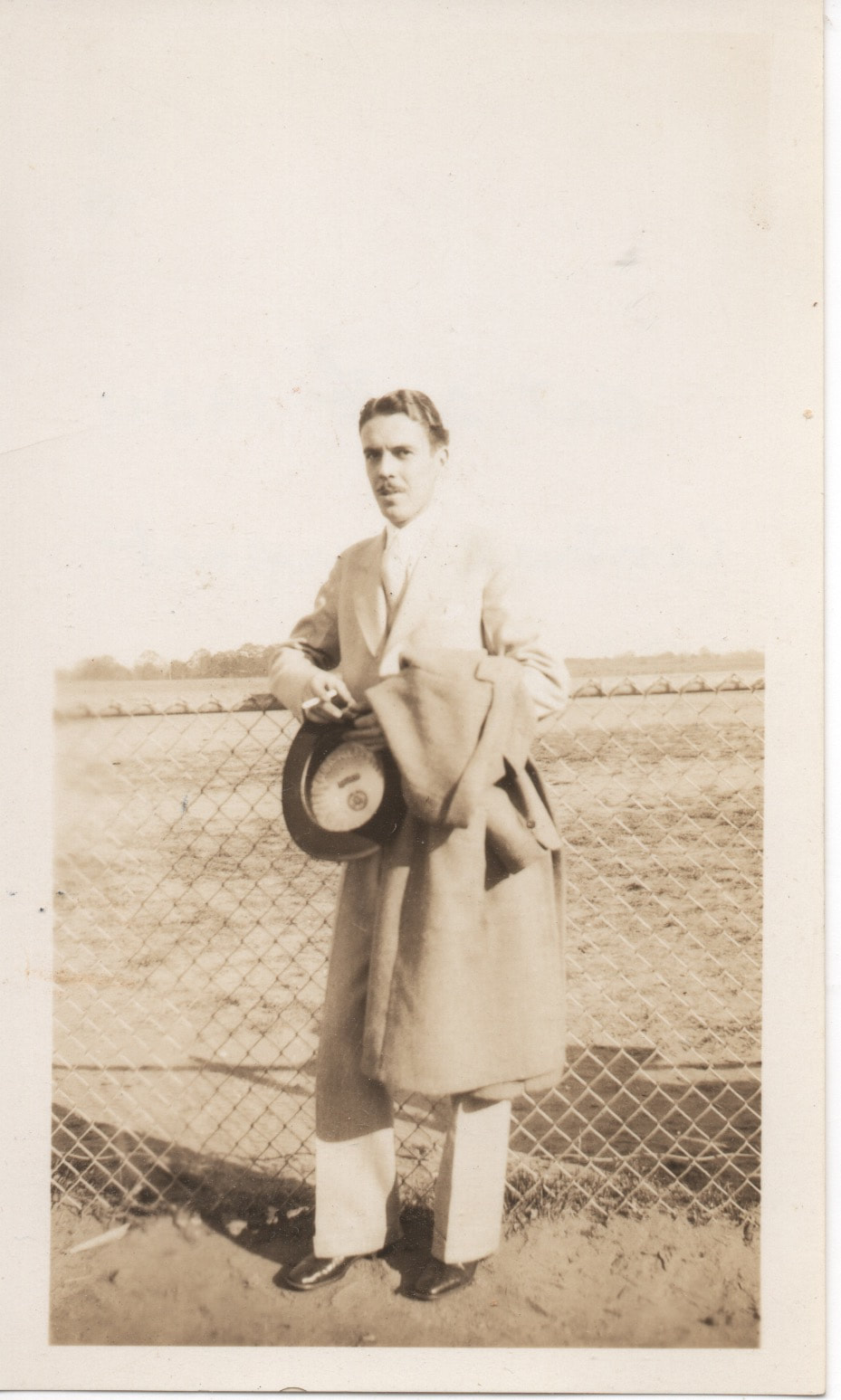
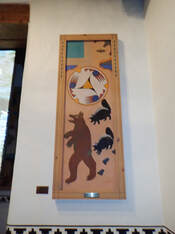
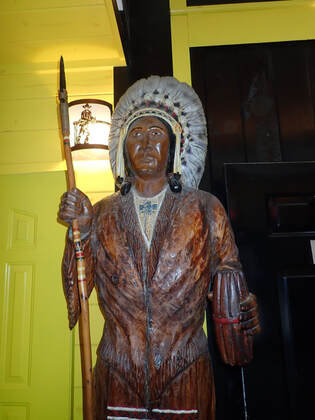
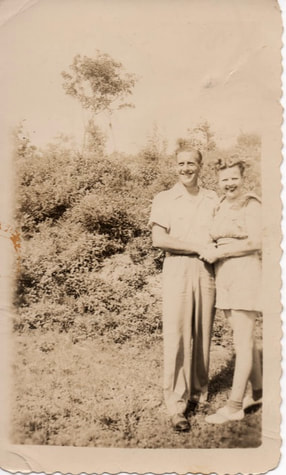
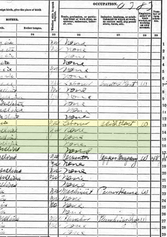


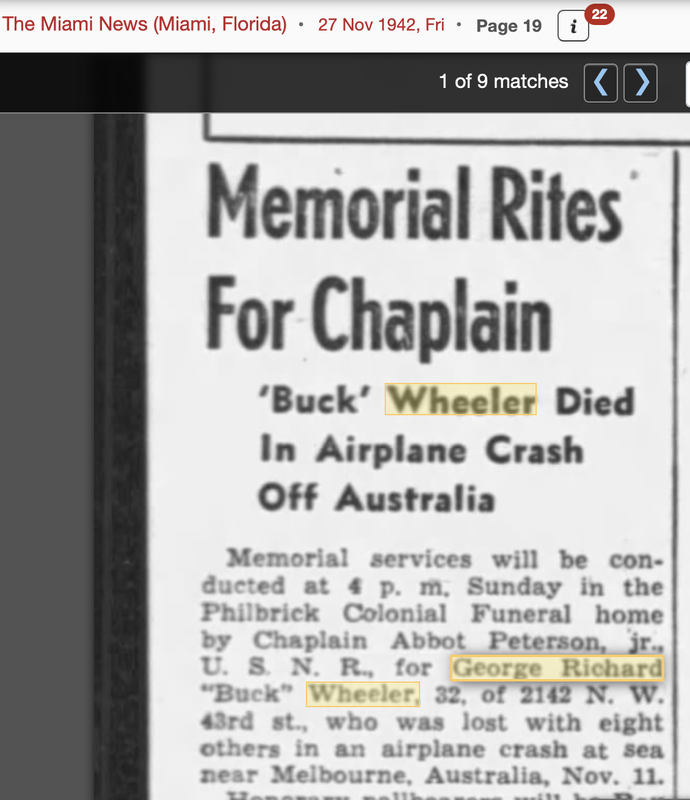
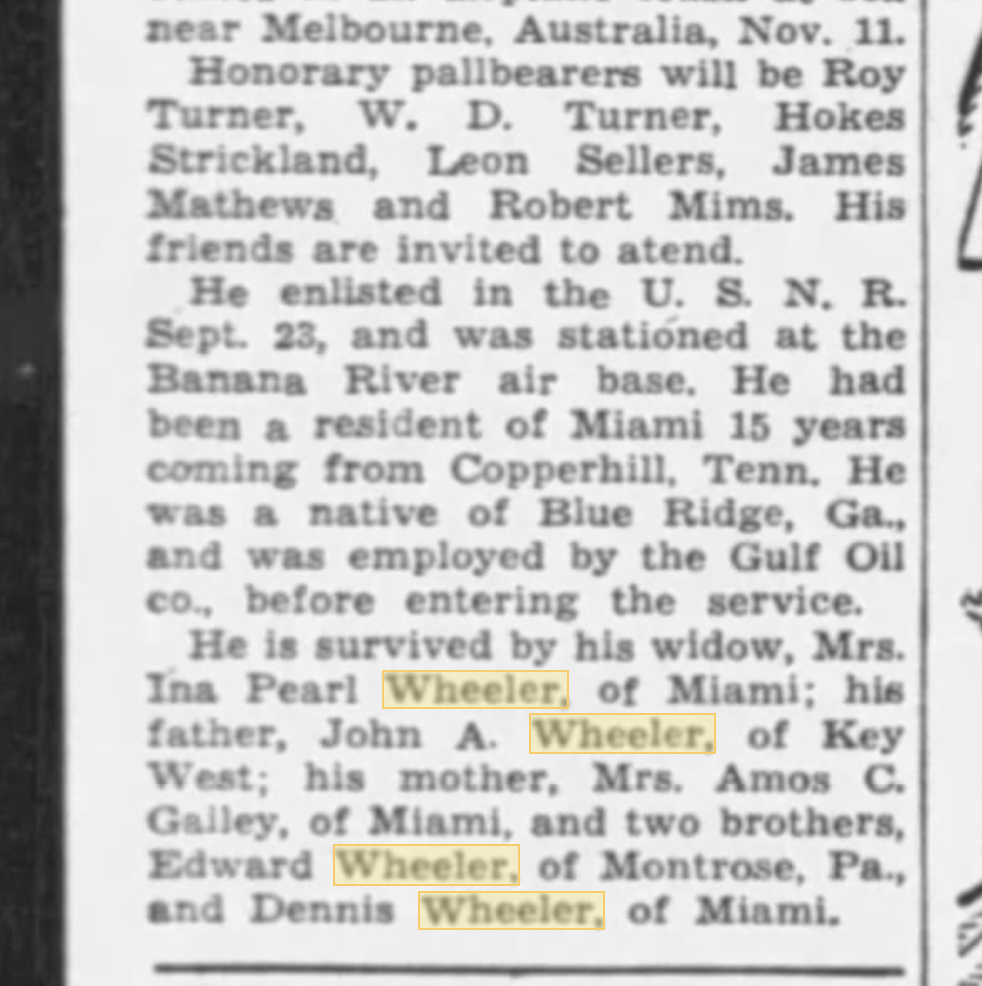
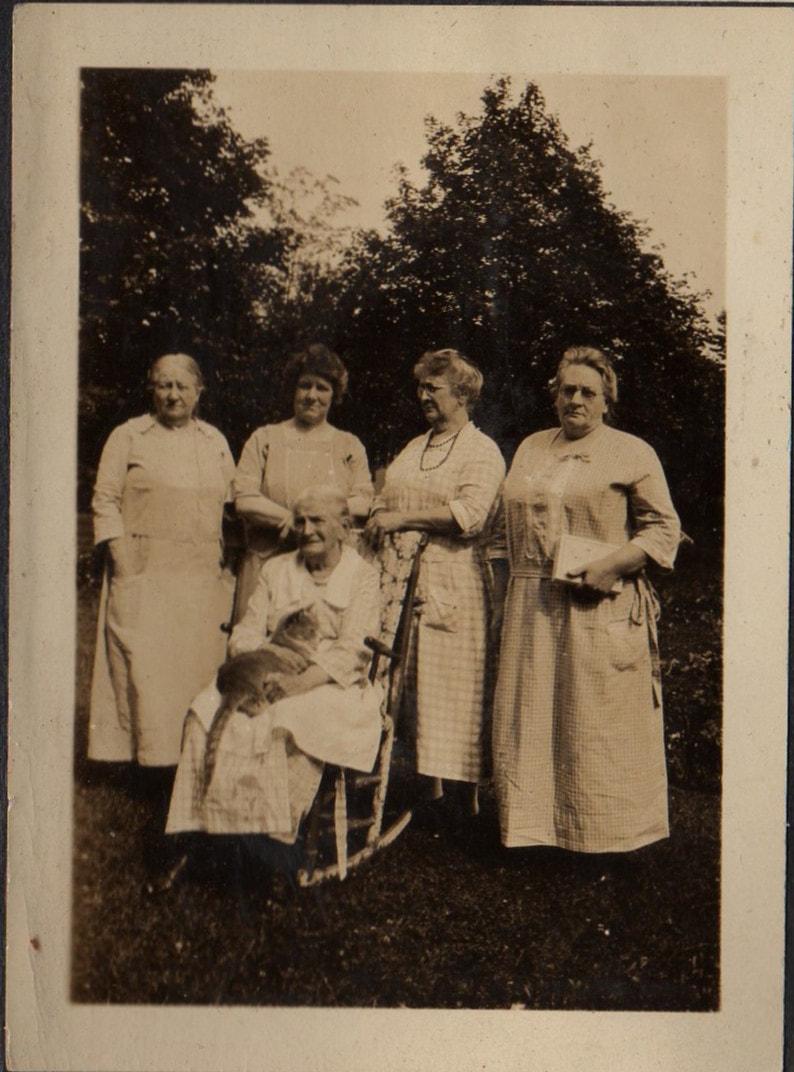
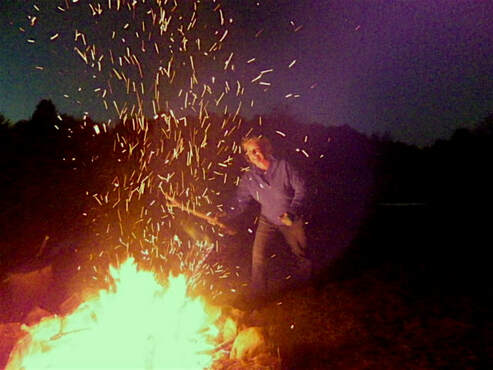
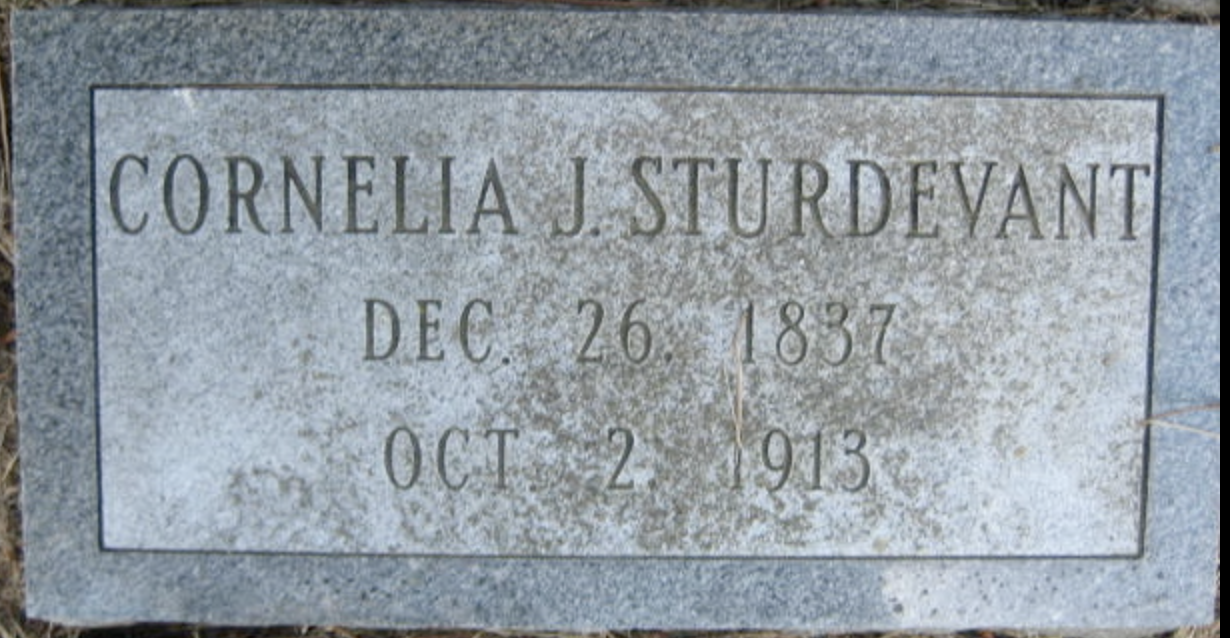
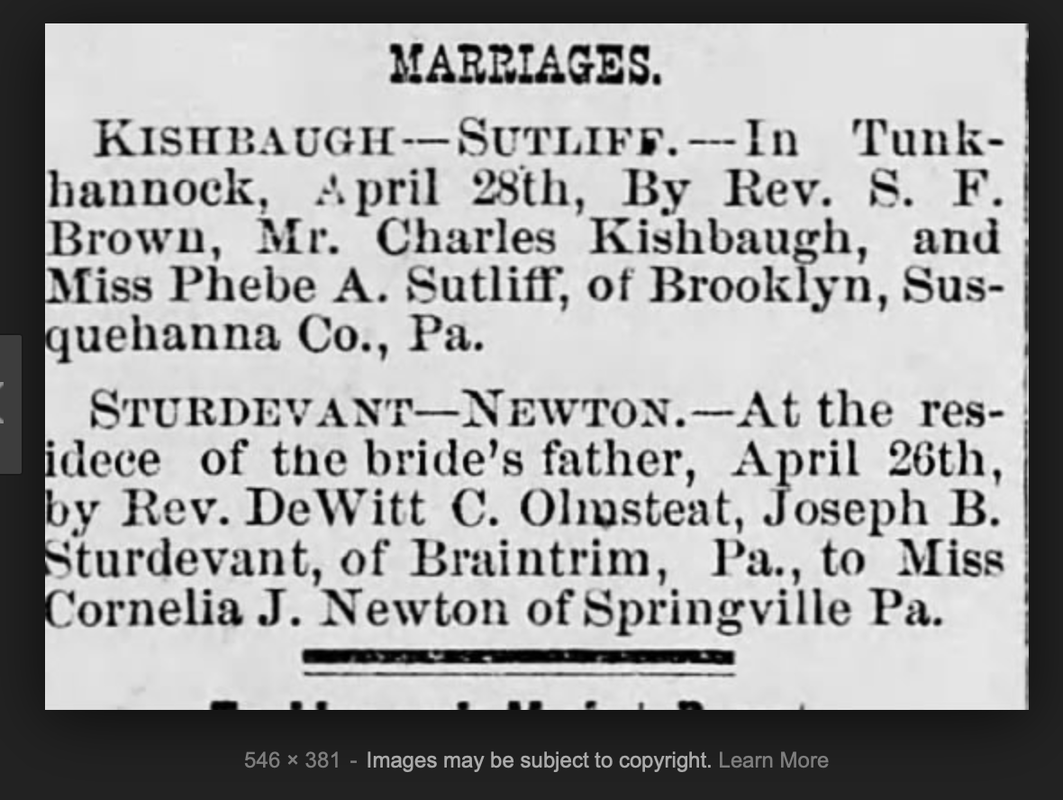
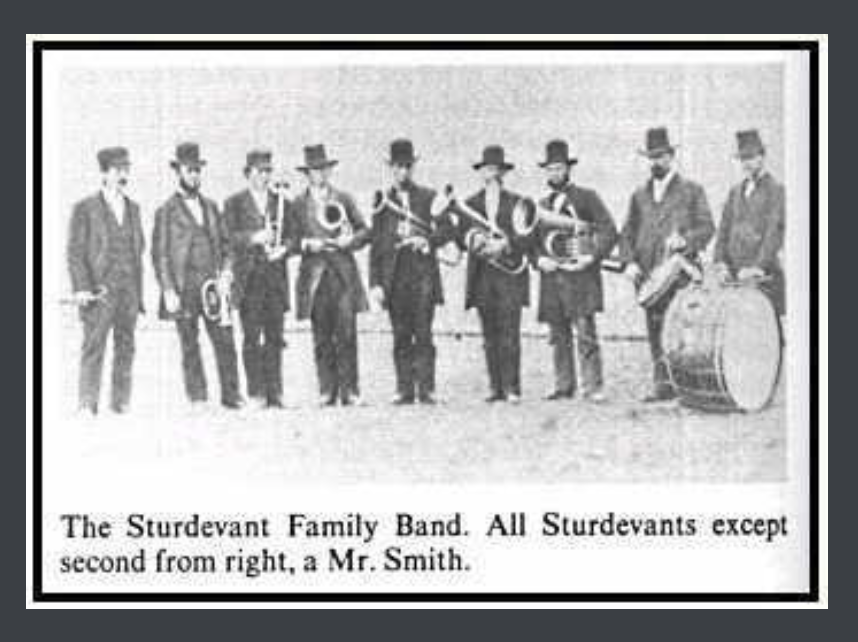
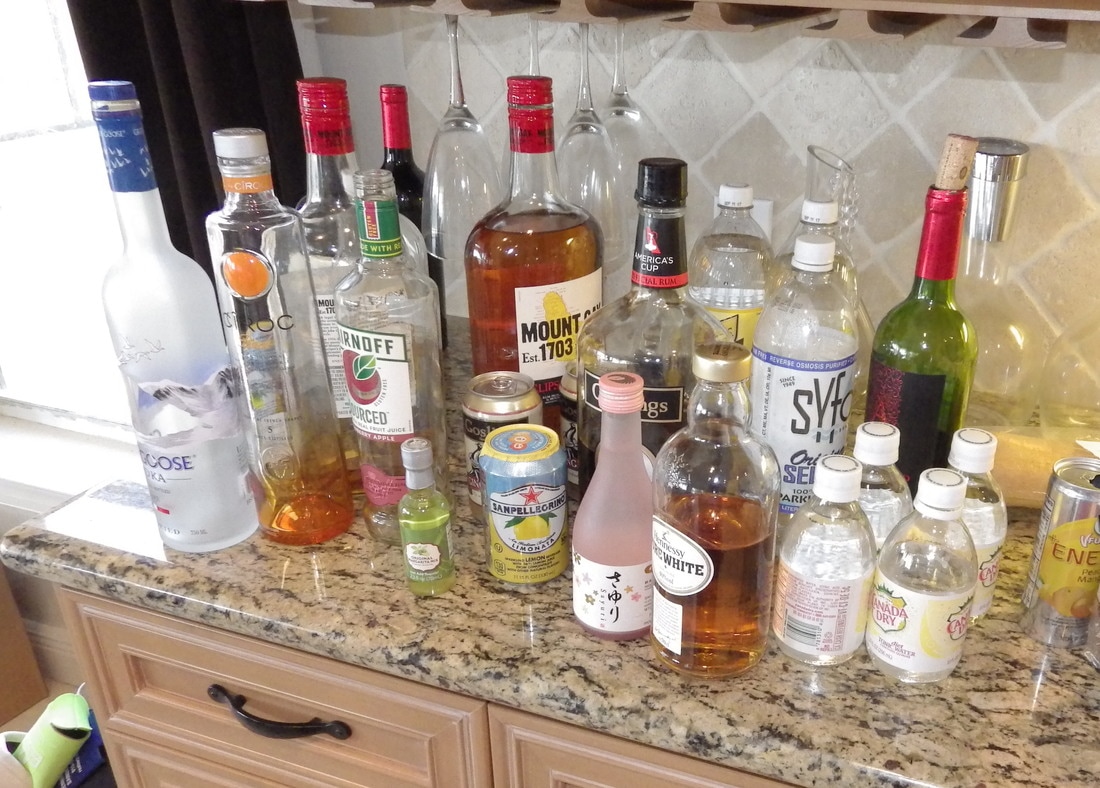
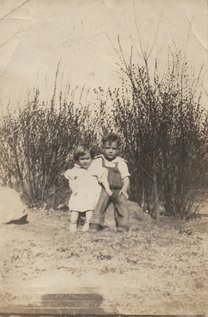
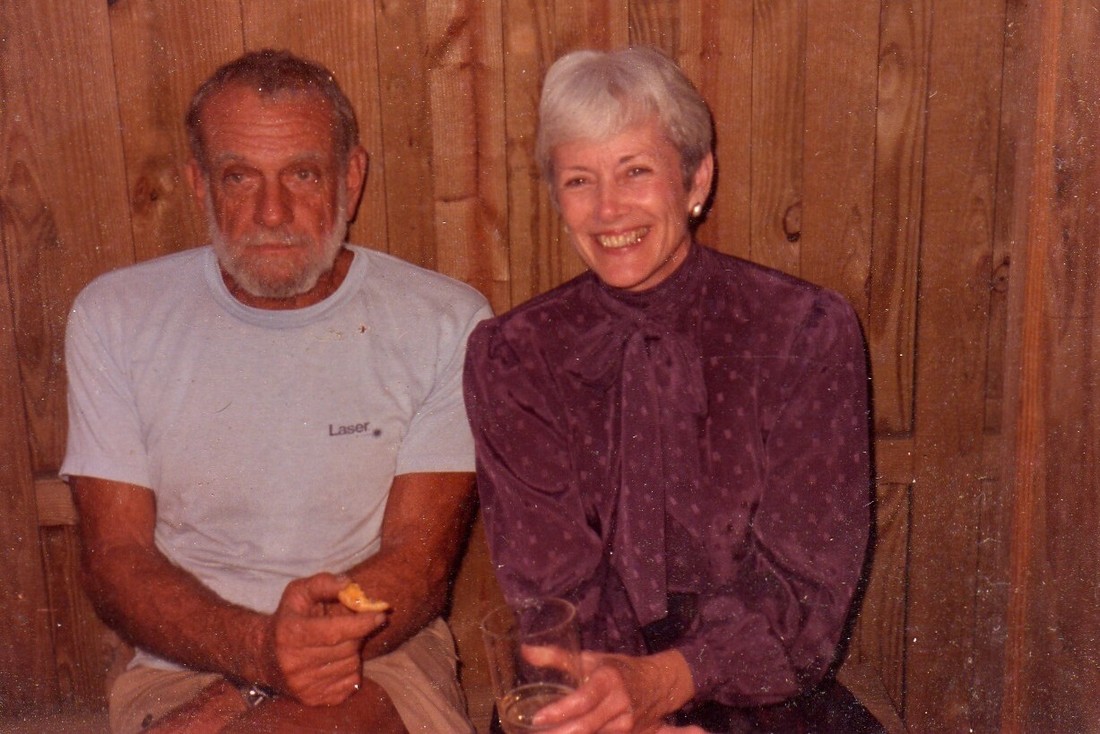
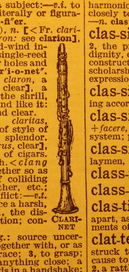
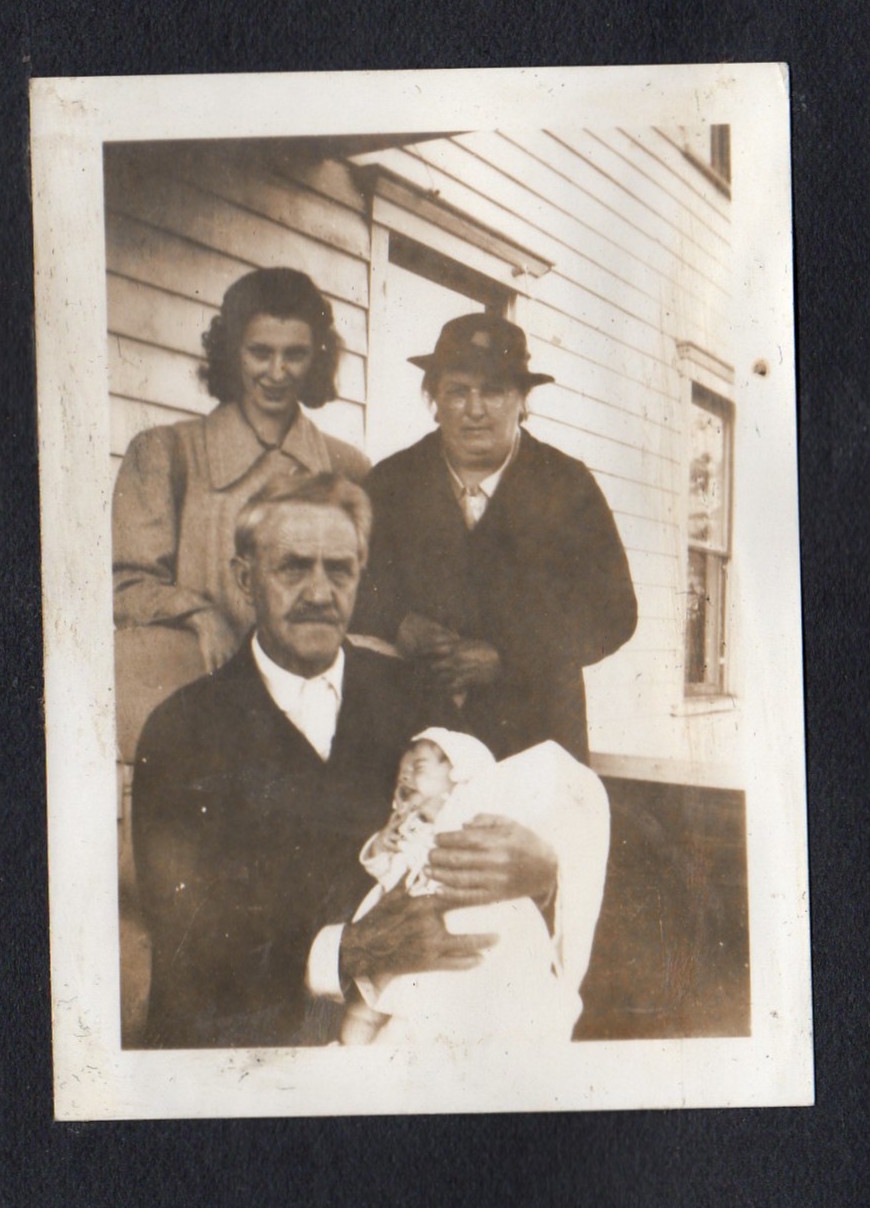
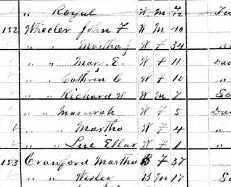
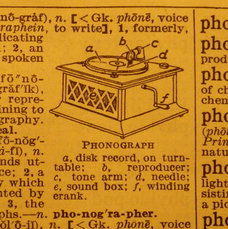
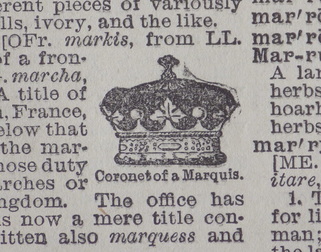
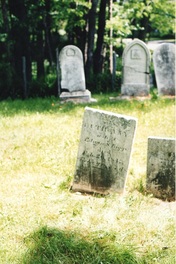

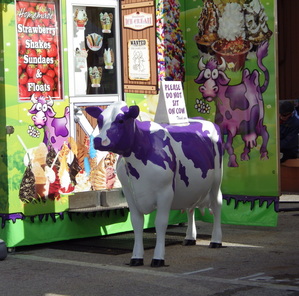
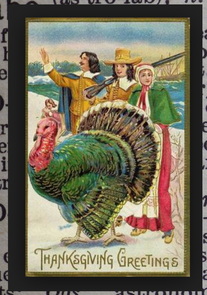
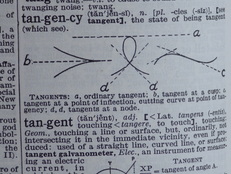
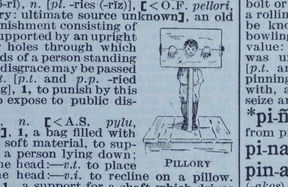
 RSS Feed
RSS Feed
